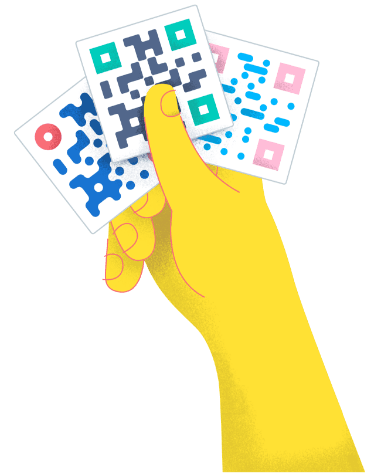
- Best Practices ●
- COVID-19 ●
- Industry Trends ●
- Partners ●
- Product ●

Staff pick Industry Trends
6 Ways to Leverage QR Codes for Virtual Shopping Assistance
Learn how retailers can use QR Codes for virtual shopping assistance.

Product● Jan 10, 2025
QR Code Generator PRO vs. Uniqode: A Head-to-Head Feature Comparison
See how QR Code Generator PRO’s features compare to Uniqode.

Best Practices● Jan 09, 2025
5 Ideas for Creating Interactive Presentations with QR Codes
Find out how QR Codes can make presentations interactive.
Best Practices● Jan 08, 2025
How to Access And Upkeep Maintenance Histories With QR Codes
Learn how to simplify maintenance management with QR Codes.

Industry Trends● Jan 06, 2025
How to Use QR Codes on Samples to Engage Customers and Drive Sales
Learn how QR Codes on samples engage shoppers and drive sales.

Best Practices● Dec 13, 2024
Drive Traffic To Your Shop With QR Codes for Store Navigation
Learn how retailers can improve the shopping experience with QR Codes.

Best Practices● Dec 12, 2024
Make the Most of Equipment Warranties with QR Codes
Learn how manufacturers can use QR Codes for warranty compliance.

Best Practices● Dec 11, 2024
3 Ways to Scan a QR Code on Your Phone (Without Using A Second Phone)
Learn how you can scan a QR Code without a secondary phone.

Best Practices● Dec 10, 2024
5 Ways to Use QR Codes for Interactive Trade Show Experiences
Learn how to create interactive trade show experiences with QR Codes.

Best Practices● Dec 09, 2024
The Ultimate Guide to QR Code Instructions and Tutorials
Learn how to create step-by-step video tutorials with QR Codes.
